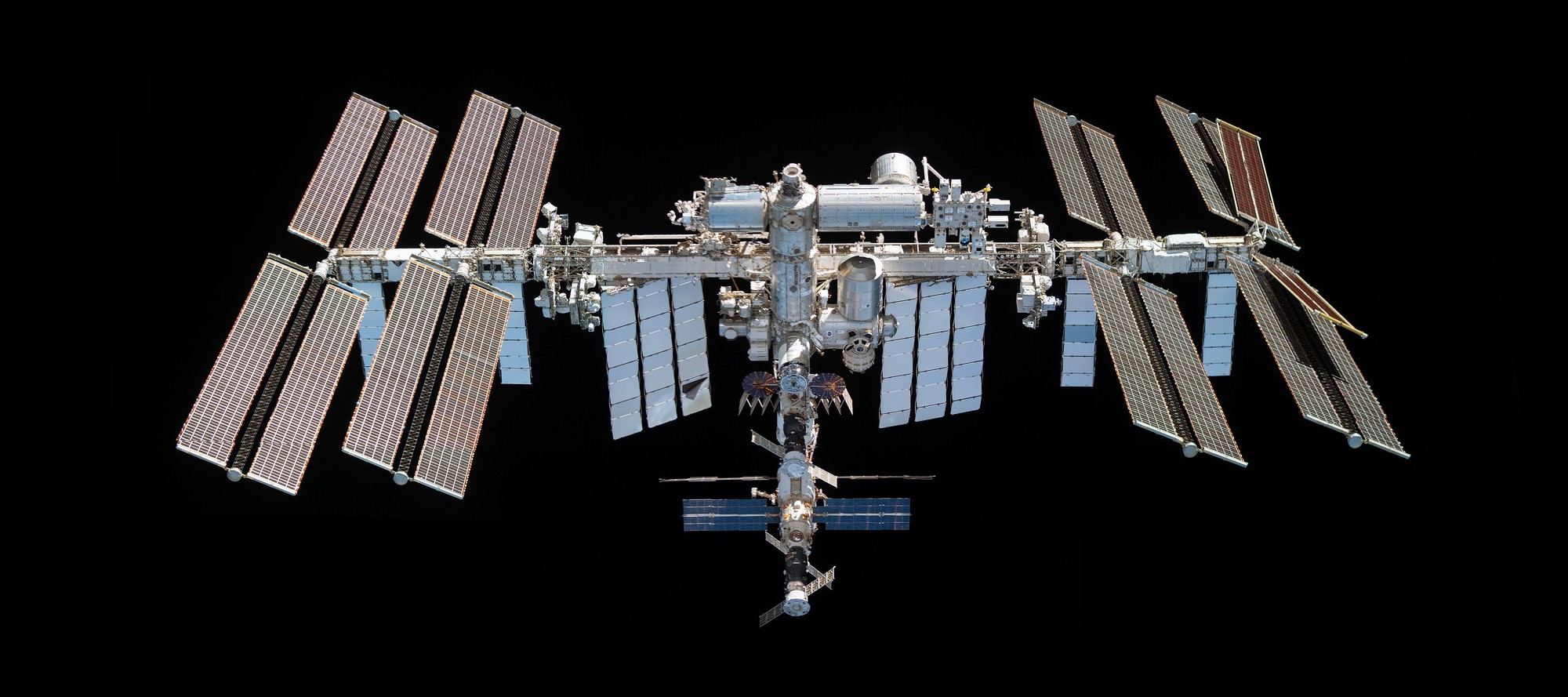In April of this year, the first all-private astronaut mission to the International Space Station was successfully conducted when Axiom Space sent four non-NASA astronauts to space during the 17-day Axiom-1 Mission (Ax-1). Based on the endeavor’s success, NASA and Axiom Space have signed an agreement for the second such mission to the ISS, which will take place in the second quarter of 2023.
“With each new step forward, we are working together with commercial space companies and growing the economy in low-Earth orbit,” said Phil McAlister, director of commercial space at NASA Headquarters. “In addition to expanding access to orbit for more people, we are also hoping these private astronaut missions will help the industry learn and develop the skillset to conduct such missions, and NASA is benefitting from gaining additional capability, particularly with returning additional cargo from the space station.”
Axiom Space’s ultimate plan is to build their own space station, which would be the world’s first commercial space station.
The Axiom Mission 2 (Ax-2), will launch on a SpaceX Falcon 9 and Dragon crew spacecraft from Kennedy Space Center in Florida. Once docked to the ISS, the private astronauts are scheduled to spend 10 days conducting in-orbit activities, such as science experiments and educational outreach. NASA said that for the second mission, Axiom mission planners will coordinate in-orbit activities for the private astronauts to conduct in coordination with space station crew members and flight controllers on the ground.
Ax-1 sent former NASA astronaut Michael López-Alegría and paying passengers Larry Connor, Mark Pathy and Eytan Stibbe to space. This was the first mission with paying customers taking advantage of NASA’s plan to open the ISS to crews of commercial astronauts. It was the first all-private mission in the 21-year history of the space station.

The Ax-1 crew said that they didn’t consider themselves as just tourists, because they had a full agenda for their mission. There were 26 science experiments and technology demonstrations, conducted for organizations including the Mayo Clinic, Montreal Children’s Hospital, Cleveland Clinic and the Ramon Foundation.
“Axiom Space’s Ax-2 mission builds upon the success of Ax-1, which demonstrated our team’s ability to work collaboratively with our partners at NASA and SpaceX to plan and execute a complex human spaceflight mission,” said Derek Hassmann, Axiom’s chief of Mission Integration and Operations. “Axiom continues to fund and fly private astronaut missions to the International Space Station to build our expertise and attract new customers in preparation for the launch of our space station, Axiom Station. Our new Ax-2 crew, together with a full mission manifest of science, outreach, and commercial activities, will continue to increase utilization of the International Space Station National Laboratory and demonstrate to the world the benefits of commercial space missions for all humanity.”
The crew for the Ax-2 mission has now yet been chosen, but Axiom Space said they will submit four proposed crew members and four back up crew to the ISS’s Multilateral Crew Operations Panel for review. NASA said they are requiring all private astronaut mission providers to select a previously flown NASA astronaut as the spacecraft commander.

Like the Ax-1 crew, Ax-2 crew members will train for their flight with NASA, international partners, and SpaceX. Axiom will provide services to NASA, such as bringing crew supplies, cargo delivery to space, and the return of scientific experiments. The crew must also bring their own supplies such as food, clothing and other daily needs. The agreement allows for a contingency week aboard the space station if weather or other conditions delay the departure and landing of the crew.
The Ax-1 trip was originally supposed to last 10 days, but concerns about weather in the splashdown zone delayed the departure. Axiom and NASA had the same agreement, and Axiom’s customers didn’t have to pay extra for the extension.
Specifically, the agreement says that the Ax-2 crew must return scientific samples that must be kept cold in transit back to Earth, a Nitrogen/Oxygen Recharge System (NORS) tank, and allow for the capability for last-minute return of two cargo transfer bags, and up to 10 hours of the private astronaut mission commander’s time during the docked mission to complete NASA science or perform tasks for NASA.
Want to go? Axiom Space has more information available on their website.

